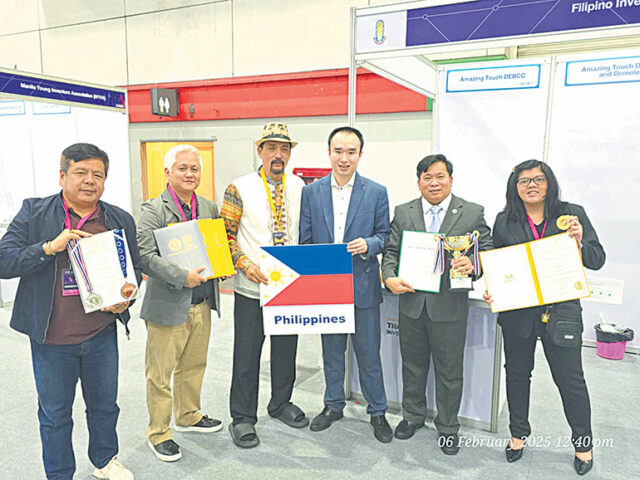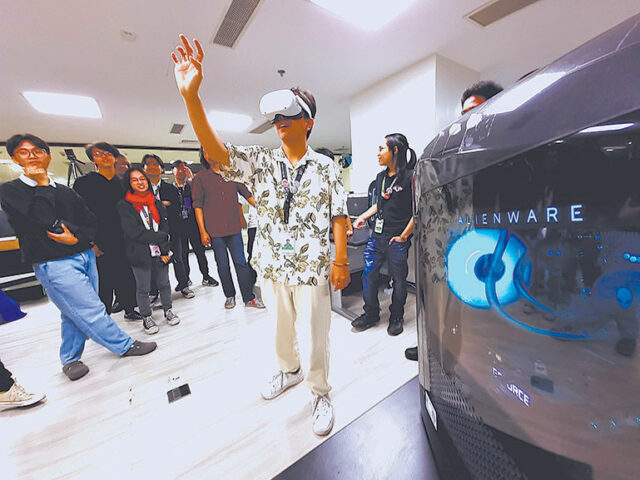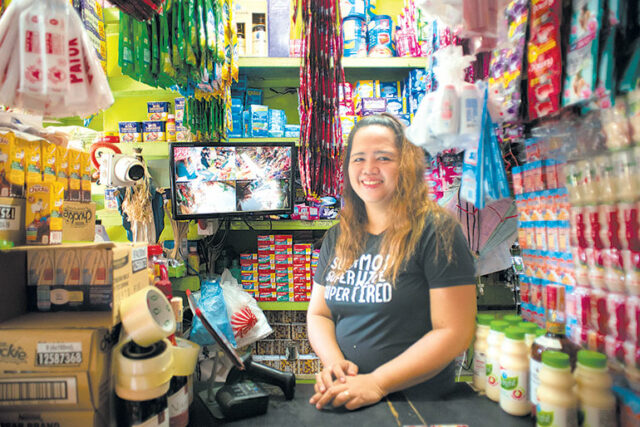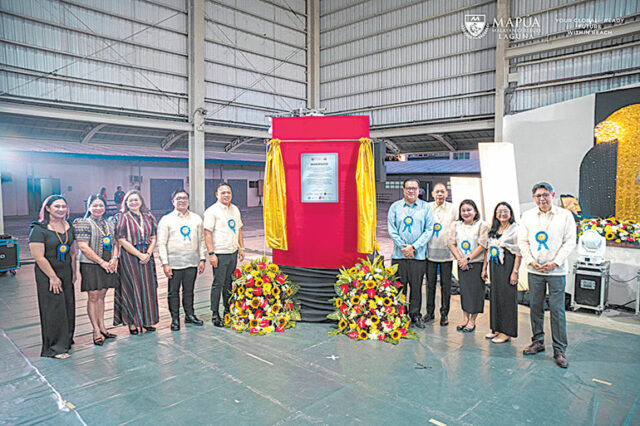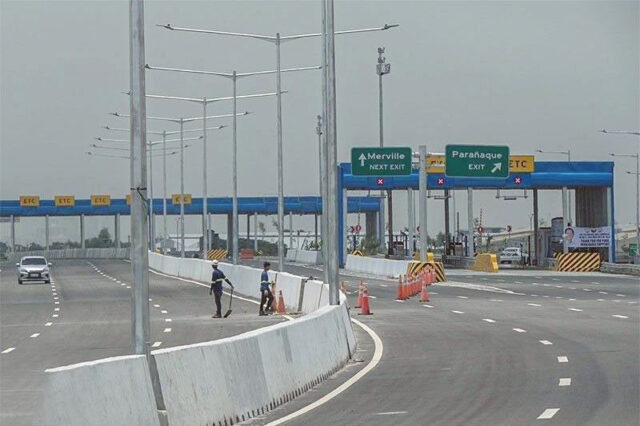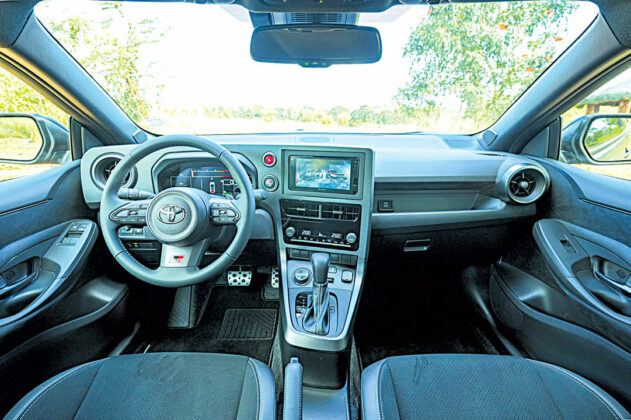Big banks’ asset growth slows in 4th quarter 2024
THE AGGREGATE ASSETS of the Philippines’ largest banks grew by single digits in the fourth quarter of 2024, reflecting slowing economic growth and still-elevated interest rates.
BusinessWorld’s latest edition of the quarterly banking report showed the combined assets of 44 universal and commercial banks (U/KBs) rose by 8.89% year on year to P26.64 trillion in the October-to-December period.
However, this pace was slower than the 11.17% growth in assets to P25.98 trillion in the third quarter.
Year on year, asset growth improved from 8.71% in the fourth quarter of 2023.
Meanwhile, aggregate loans of the country’s biggest lenders expanded by 12.55% year on year to P13.94 trillion in the October-December period, slower than the 15.07% recorded a quarter earlier.
Lending growth was the weakest since the 11.23% seen in the fourth quarter of 2023.
The modest growth in assets and loans reflected slowing economic growth in the fourth quarter of 2024.
The Philippine economy grew by 5.2% in the October-to-December period, slowing from 5.5% in the third quarter. This brought the full-year gross domestic product (GDP) growth to 5.6%, below the government’s 6%-6.5% target.
The Bangko Sentral ng Pilipinas (BSP) began its easing cycle in August last year, reducing borrowing costs by a total of 75 basis points (bps) to bring the benchmark rate to 5.75% by end-2024.
During the period, the nonperforming loan (NPL) ratio, or the bad loans as a portion of the total loan portfolio, improved to 3.11%, lower than the 3.29% posted in the third quarter and the 3.39% recorded in the same three months in 2023.
Loans are classified as nonperforming if the principal and/or interest are unpaid for more than 90 days from the contractual due date. These may pose risk to the lenders’ asset quality as borrowers are likely to default on these debts.
The net NPL ratio likewise fell to 1.42% in the fourth quarter from 1.63% in the previous quarter and 1.48% in the fourth quarter of 2023.
On the other hand, banks’ profitability — as measured by the median return on equity (RoE) — inched up to 8.98% from 8.05% a quarter earlier. However, it slipped from 9.29% in the October-to-December period in 2023.
The RoE ratio measures the amount that shareholders make on every peso they invest in a firm. It also measures how well a firm makes use of the money from shareholders to generate income.
Additionally, these big banks’ median capital adequacy ratio (CAR), which reflects the lender’s ability to absorb losses from risk-weighted assets, reached 20.73% during the period. This was higher than 20.17% in the same period in the previous year and 20.52% a quarter earlier.
The ratio remained well above the regulatory minimum of 10% set by the BSP as well as the international minimum standard of 8% under the Basel III framework.
The leverage ratio, which gauges the institution’s ability to absorb shocks by measuring the bank’s capital relative to total exposure, reached a median of 11.01% during the period, compared with 10.91% in the same period in 2023 and 11.53% of the previous quarter.
The current figure surpassed the central bank’s 5% guideline as well as the international standard of 3%.
Meanwhile, the net interest margin of these big banks increased to 4.13% from 3.91% in the previous quarter and 3.86% the previous year.
This is an indicator of banks’ investing efficiency by dividing annualized net interest income by average earning assets.
In the October-to-December period, the median return on assets (RoA), which measures the profit generated per peso of an asset, rose to 1.55% from 1.46% a year earlier. However, it eased to 1.69% from the third quarter.
During the fourth quarter, BDO Unibank, Inc. (BDO) remained the largest bank in terms of assets with P4.8 trillion.
Metropolitan Bank & Trust Co. (Metrobank) ranked second with P3.54 trillion, followed by state-owned Land Bank of the Philippines (LANDBANK) with P3.45 trillion.
The Sy-led BDO was also the top bank in terms of loans issued with P3.21 trillion, followed by Bank of the Philippine Islands (BPI) with P2.27 trillion and Metrobank with P1.82 trillion.
Among banks with assets of at least P100 billion, Security Bank Corp. posted the fastest year-on-year asset growth of 43.27%, followed by The Hongkong & Shanghai Banking Corp. Ltd. (HSBC, 17.73%), and Citibank NA (16.02%).
In terms of loan growth, HSBC was the most aggressive lender during the period, with loan growth at 29.98%, followed by Asia United Bank Corp. (25.65%) and Security Bank Corp. (25.37%).
BDO had the biggest amount of deposits with P3.79 trillion, followed by LANDBANK with P3.02 trillion and BPI with P2.62 trillion.
BusinessWorld Research has been tracking the financial performance of the country’s big banks quarterly since the late 1980s using banks’ published statements.
The full version of BusinessWorld’s quarterly banking report will soon be available for download on https://bworld-x.com/product-category/bw-in-depth-banking-report/. — Lourdes O. Pilar



